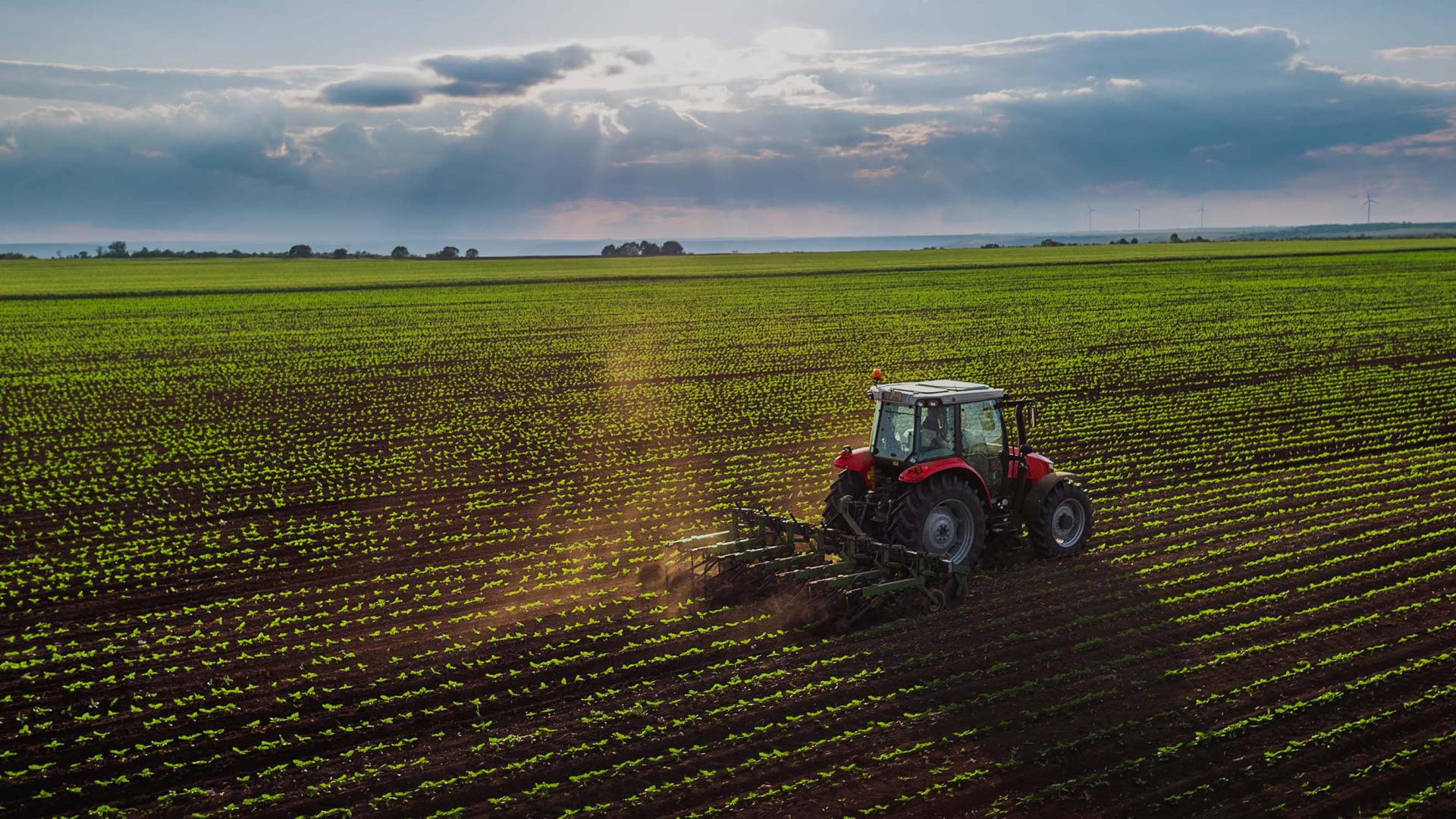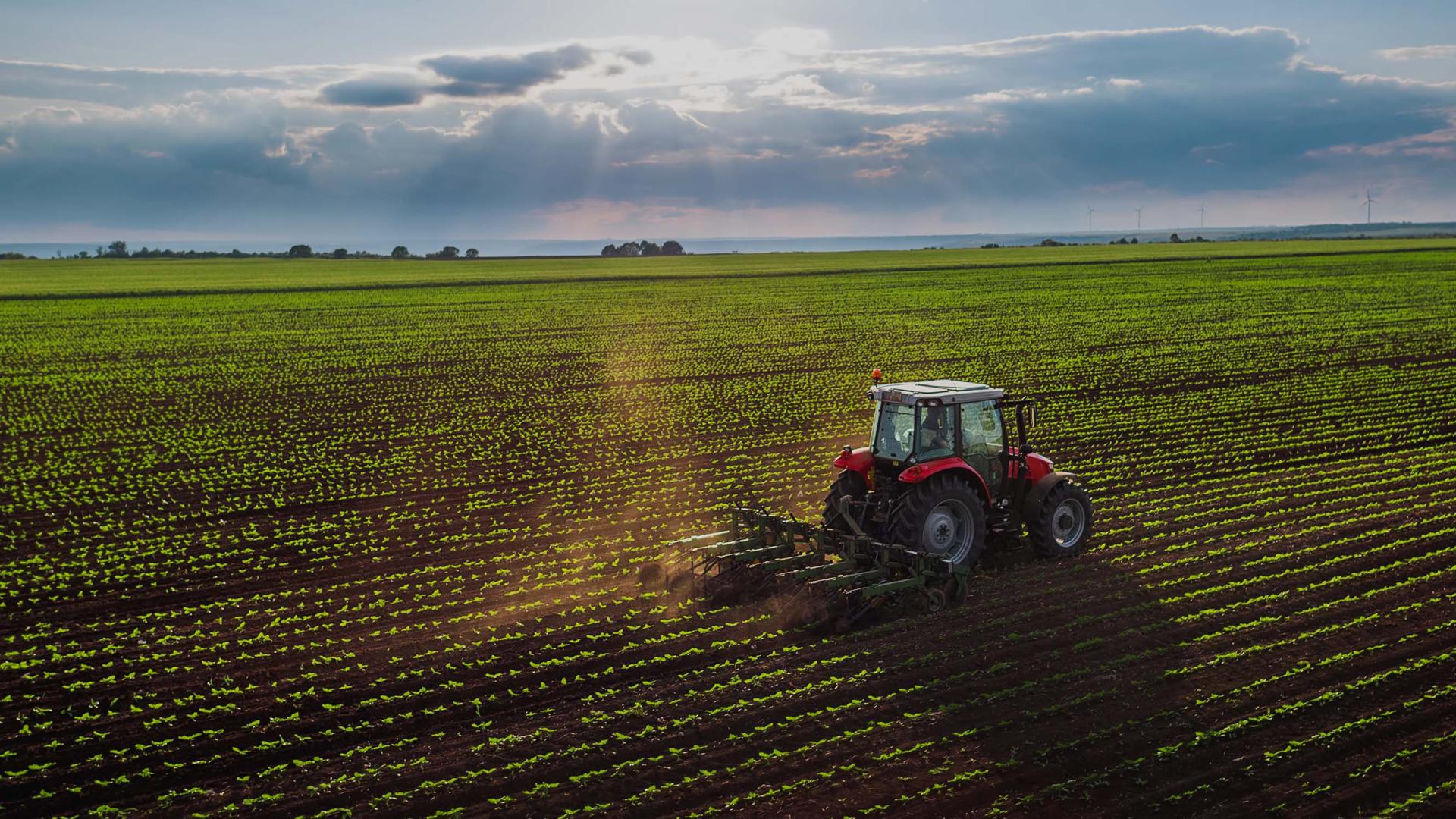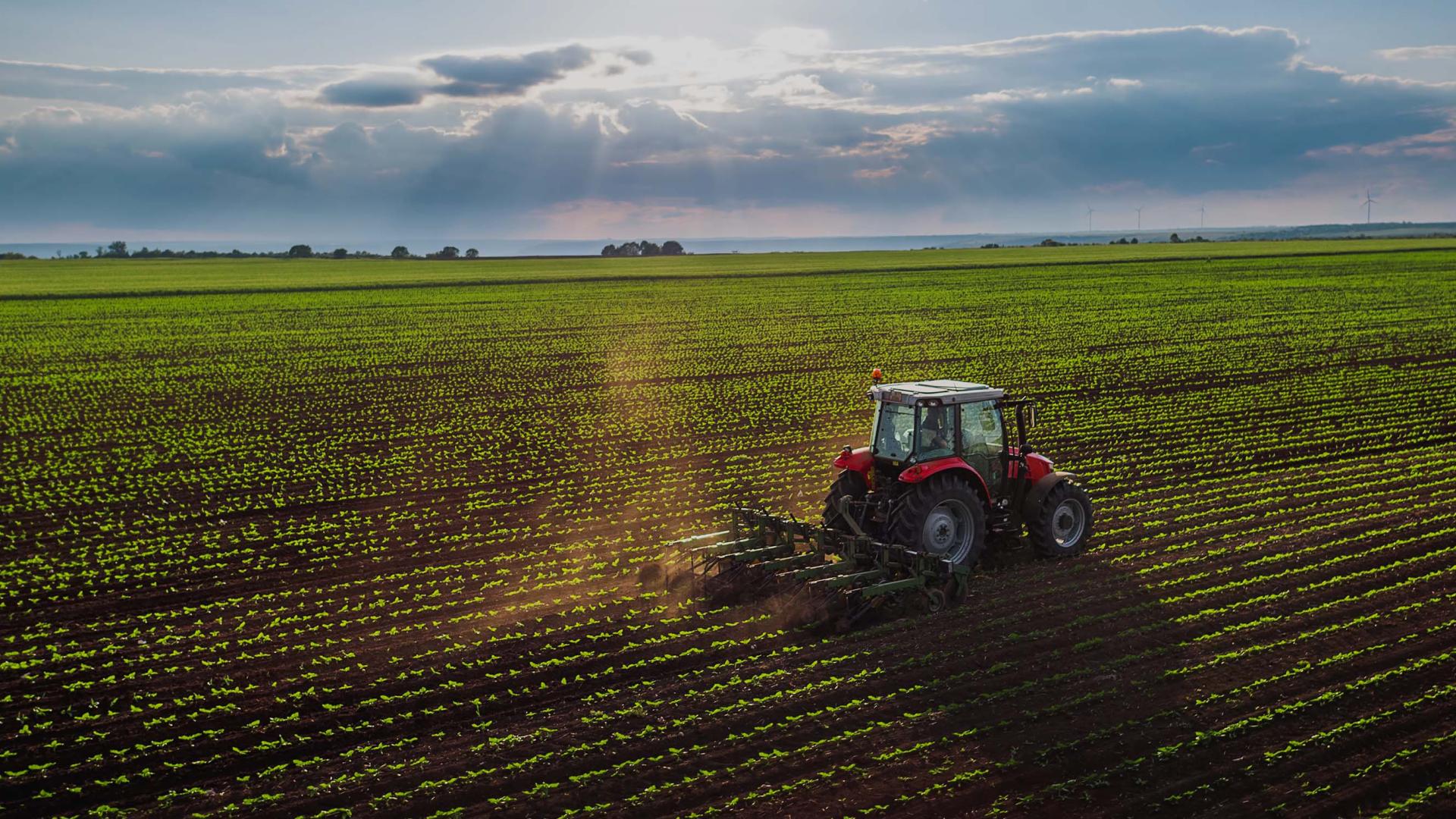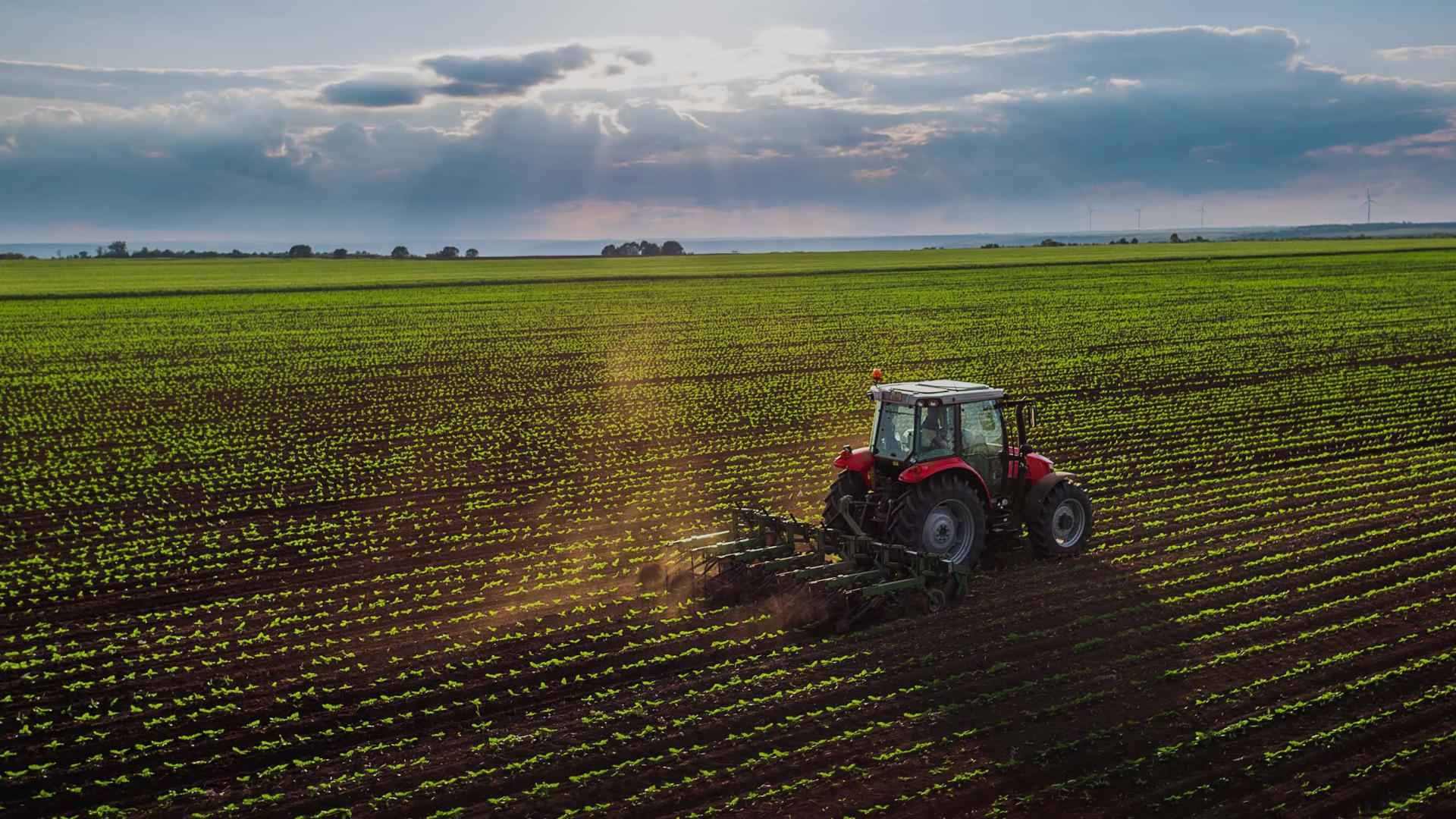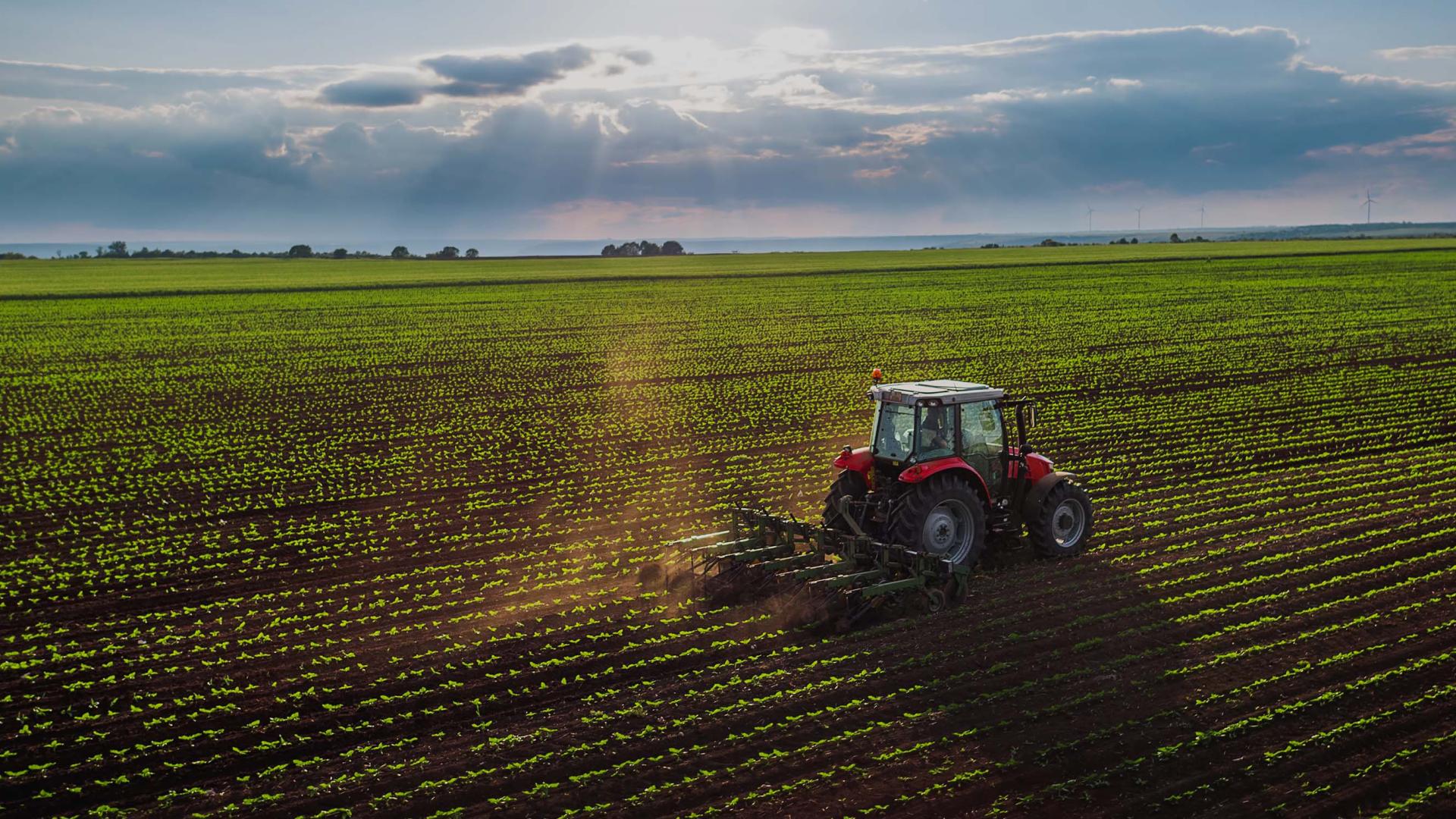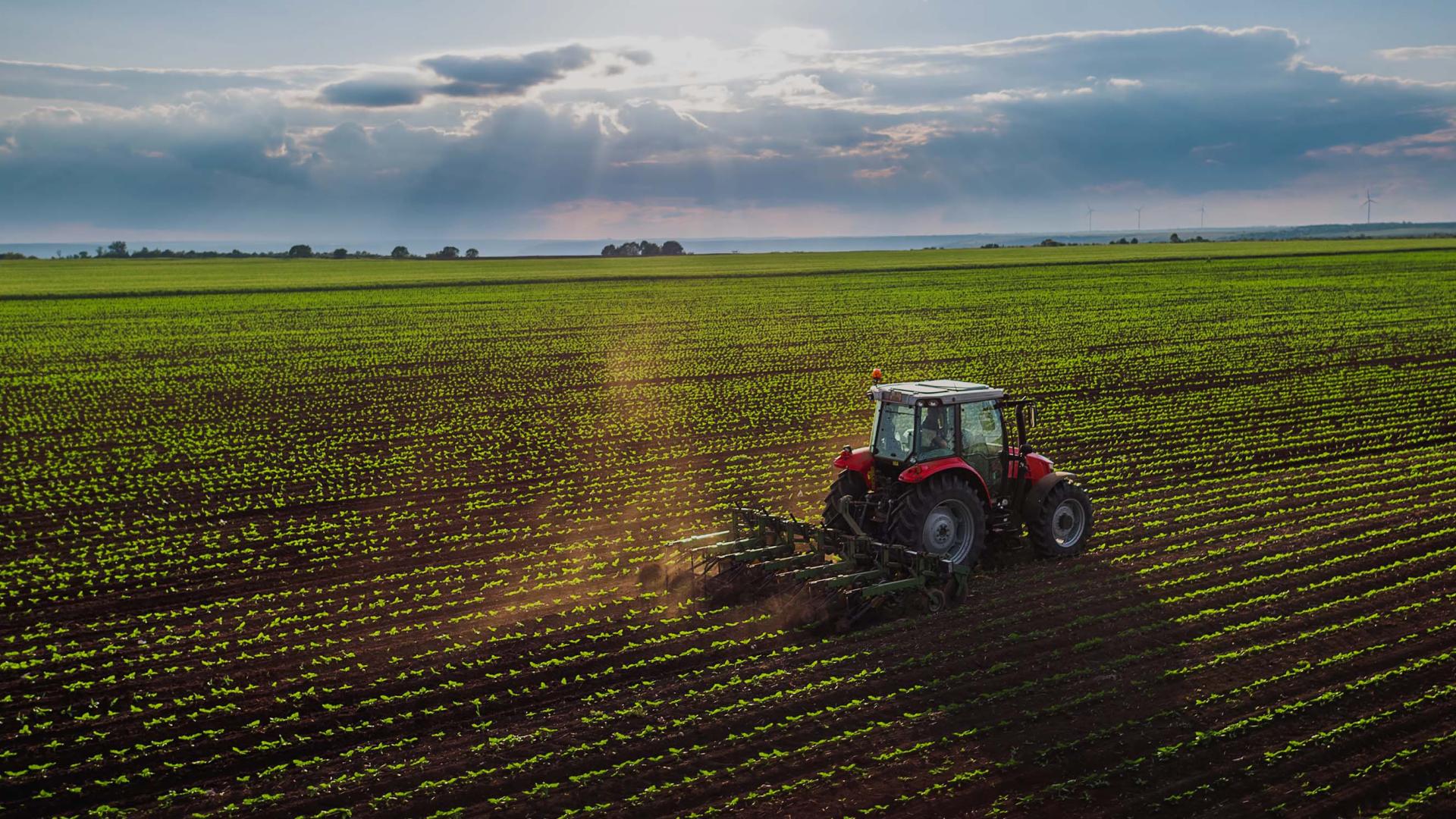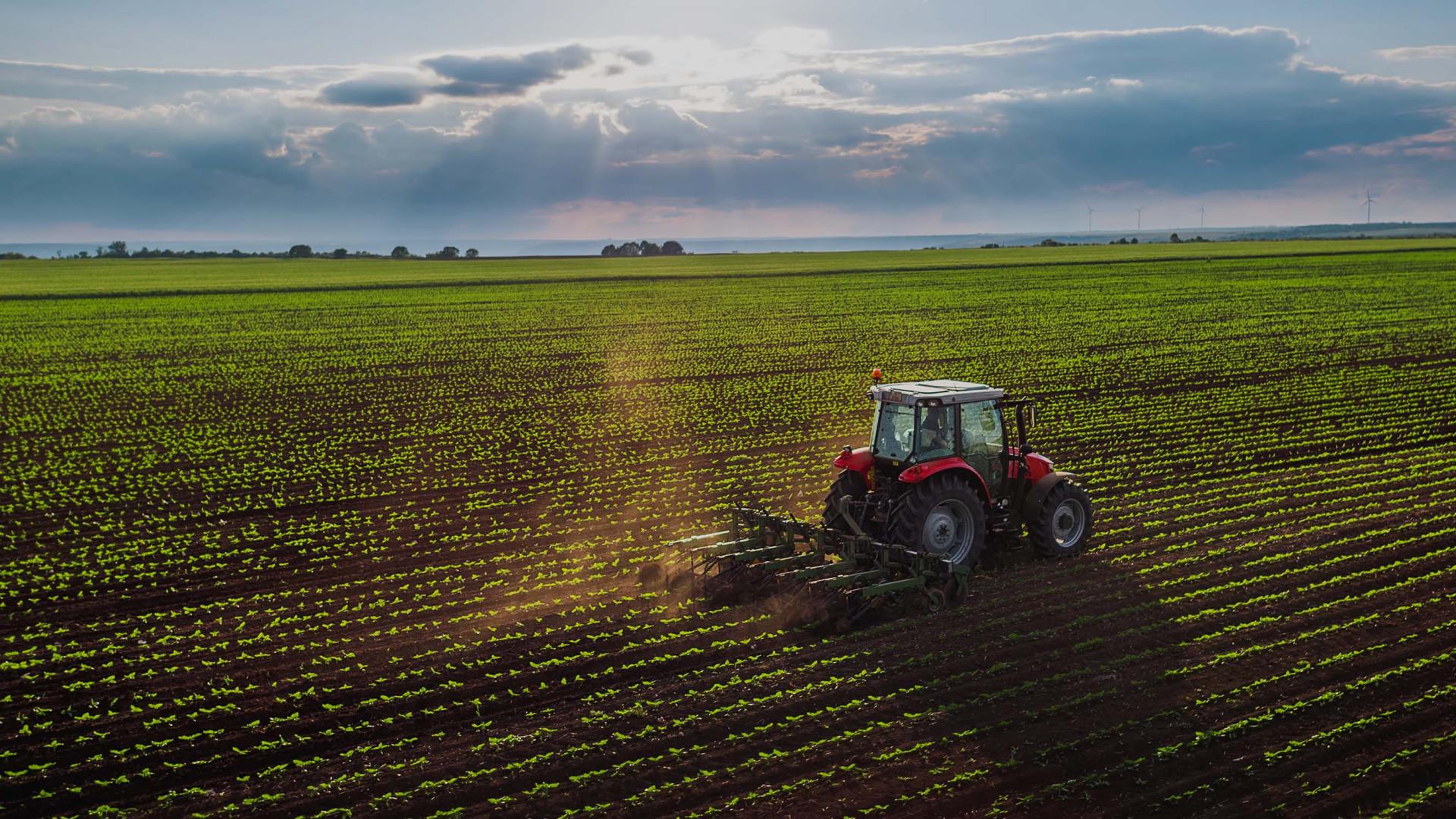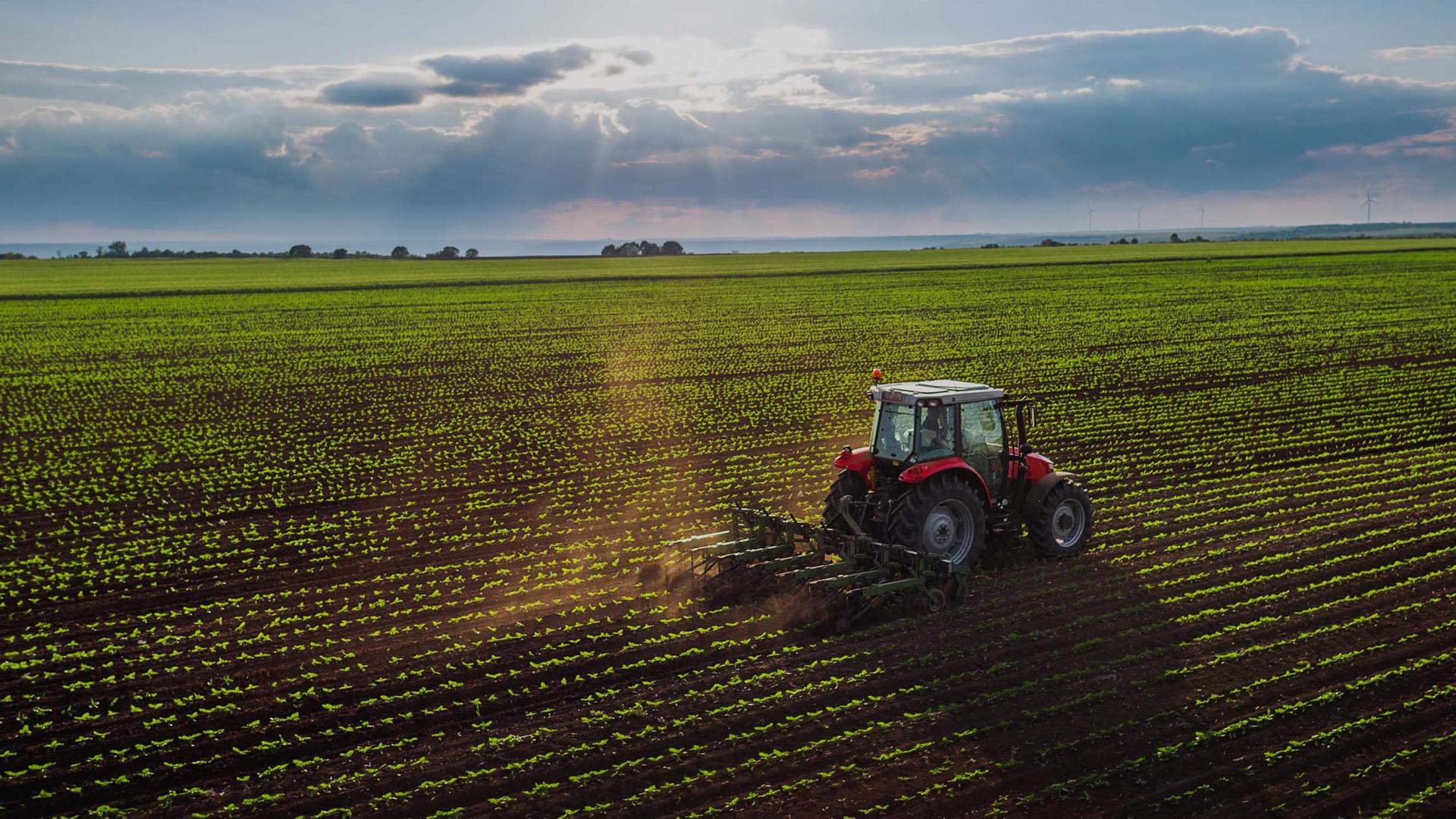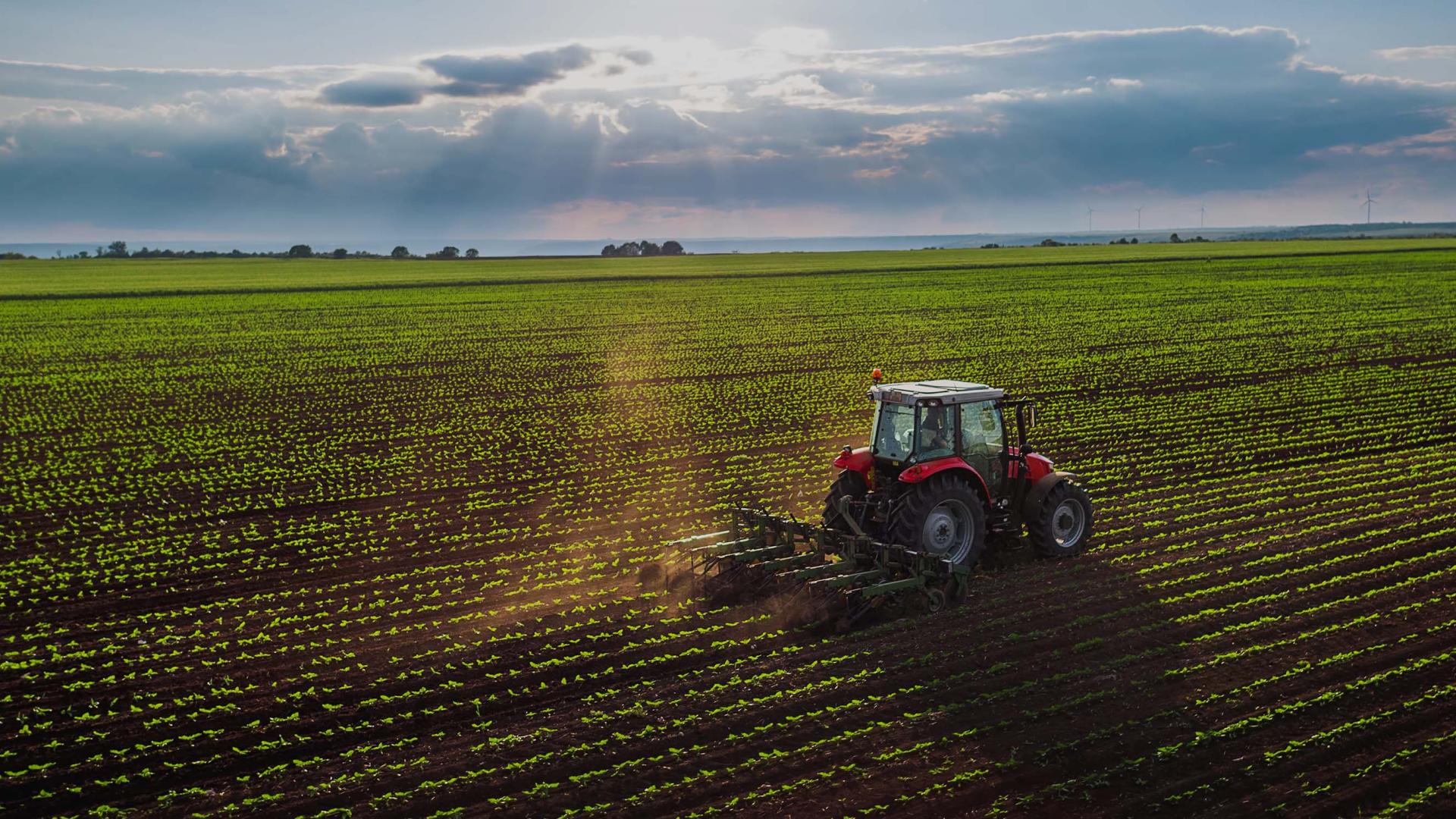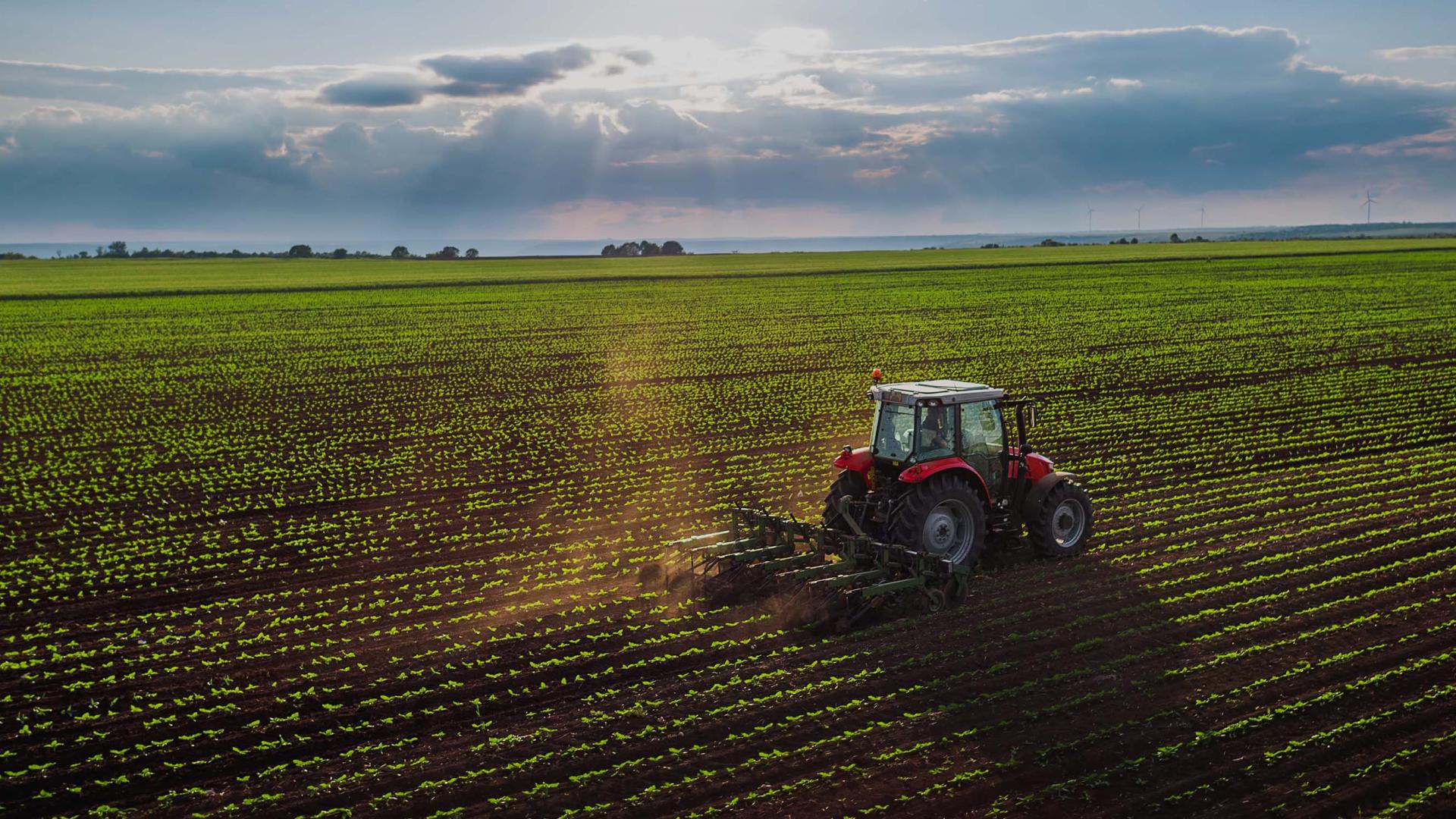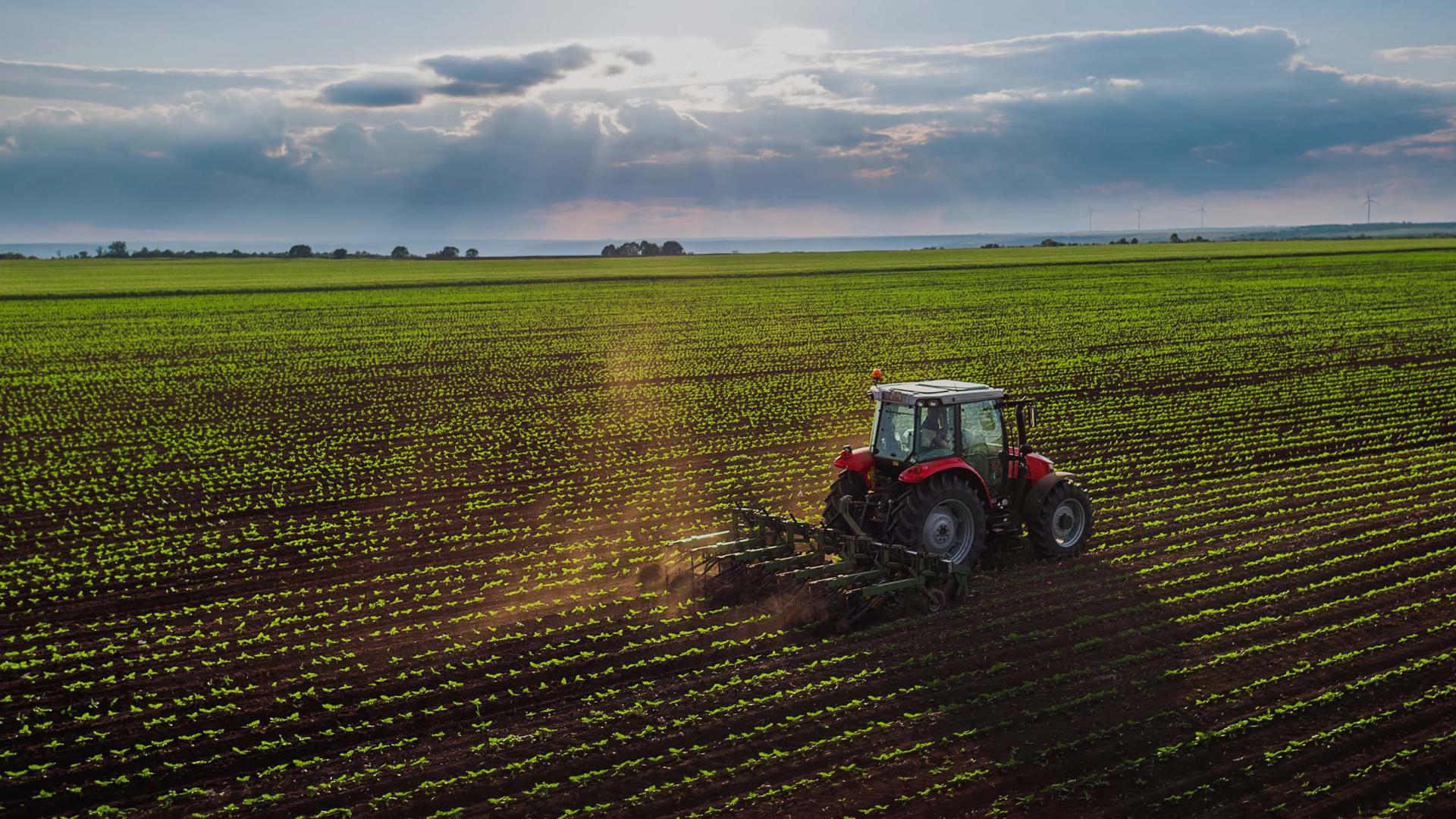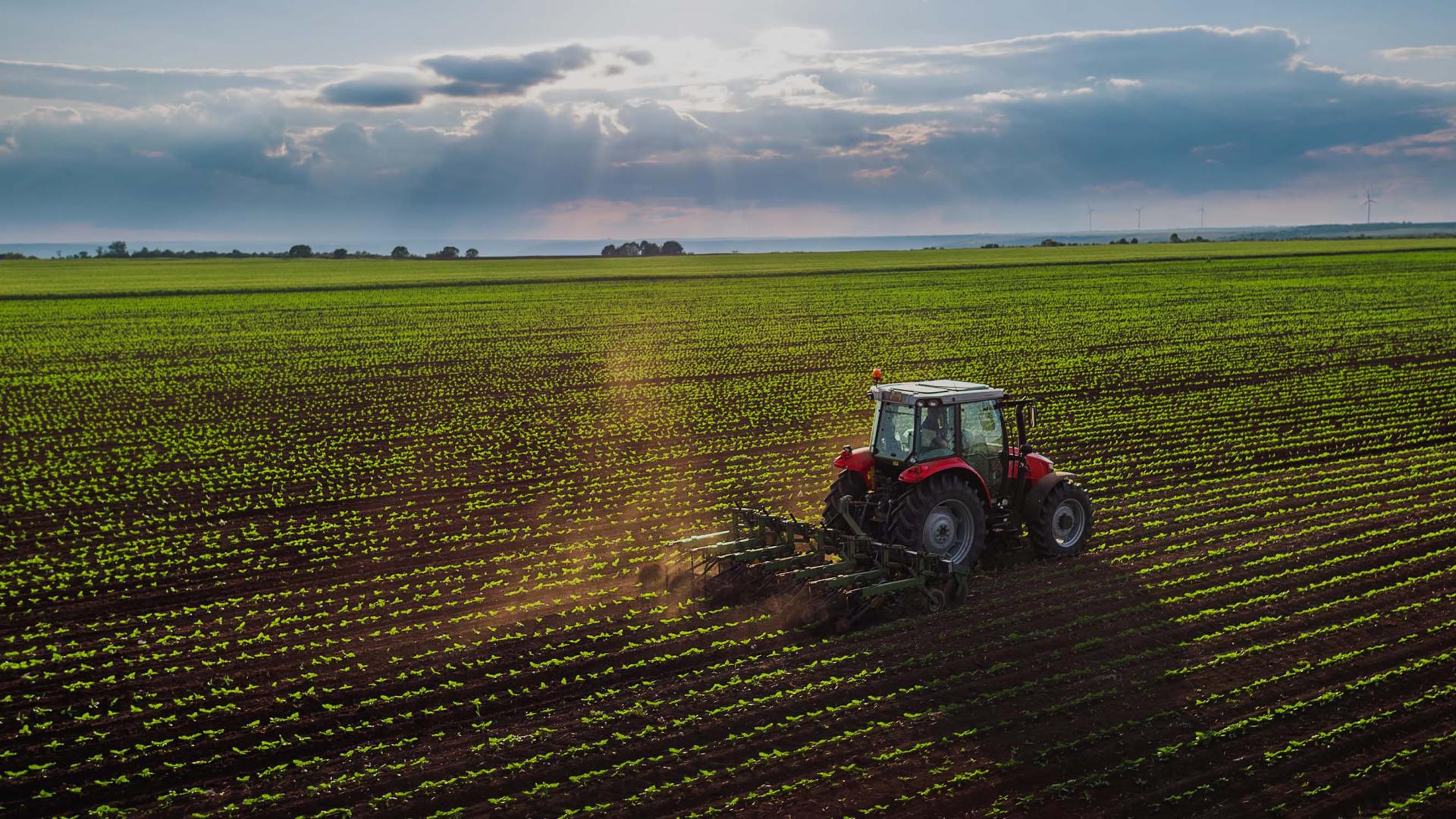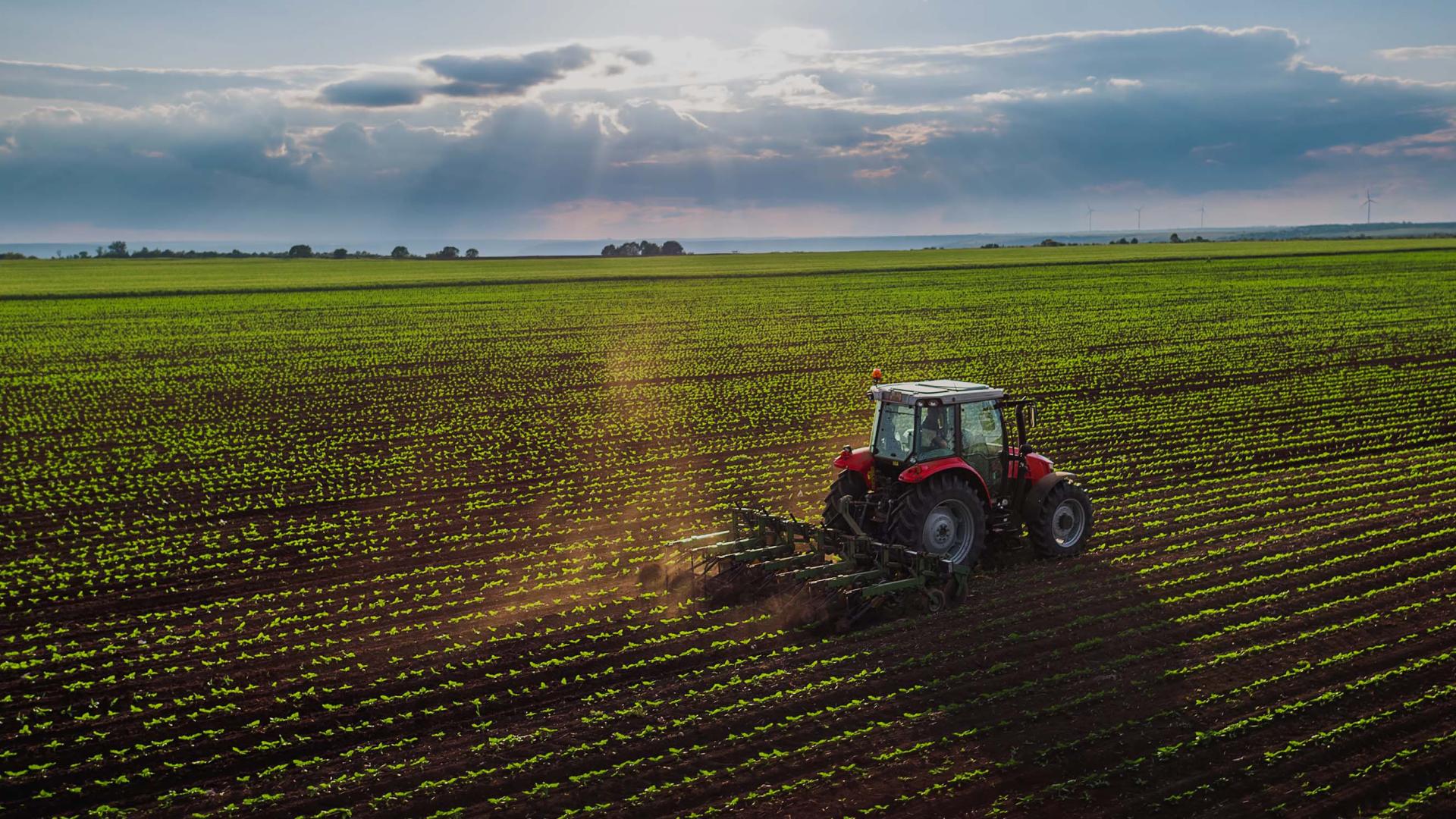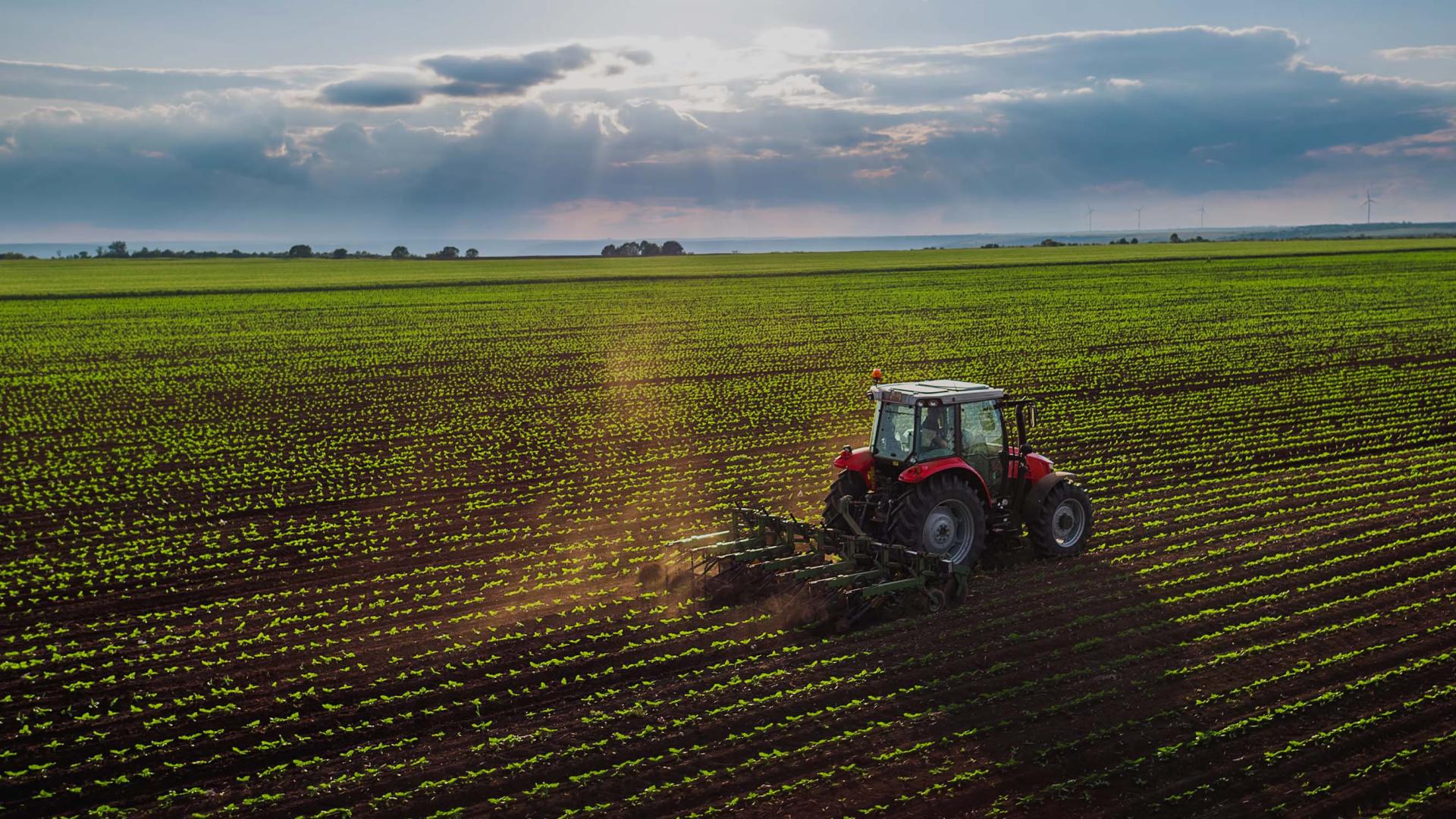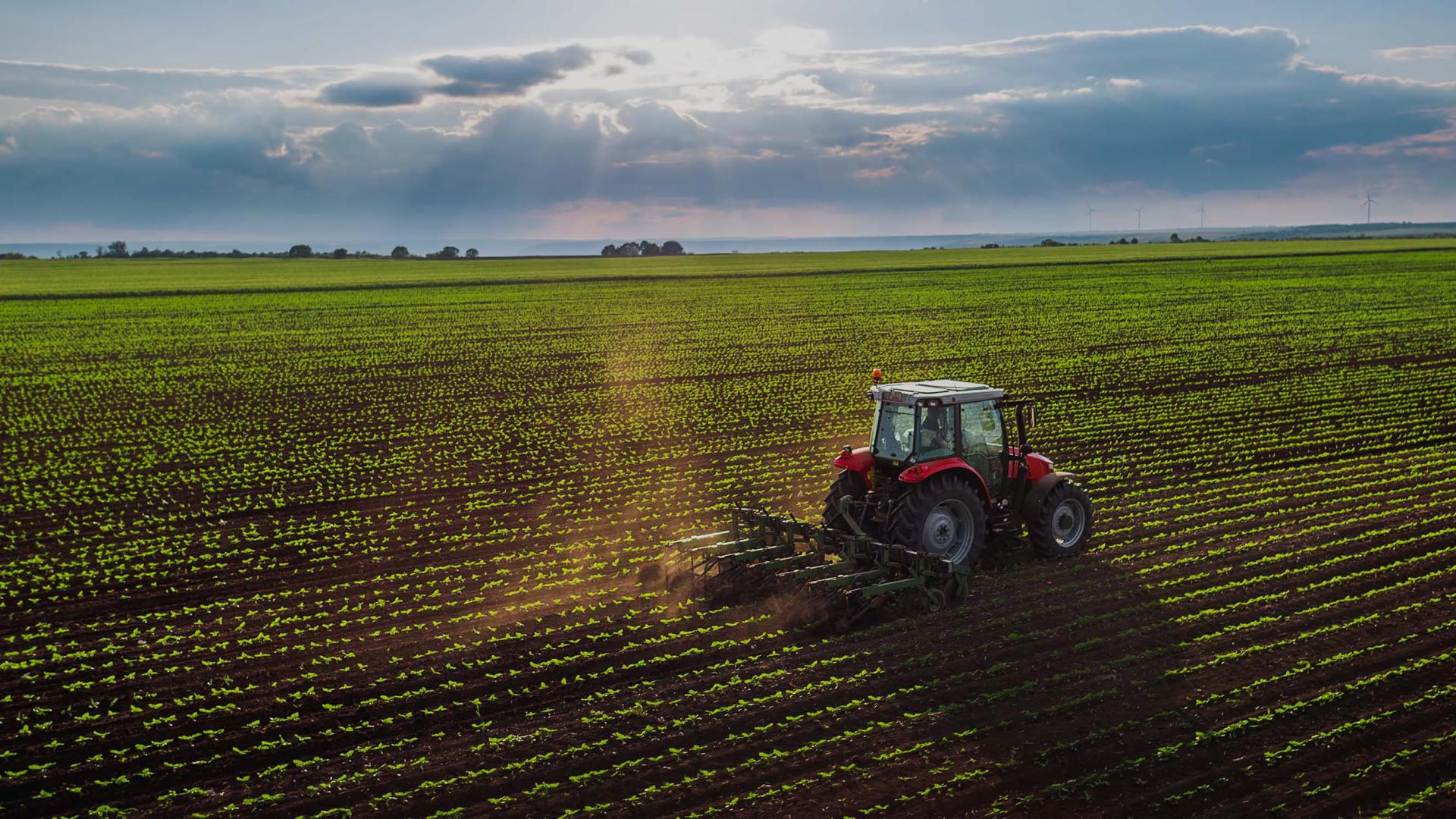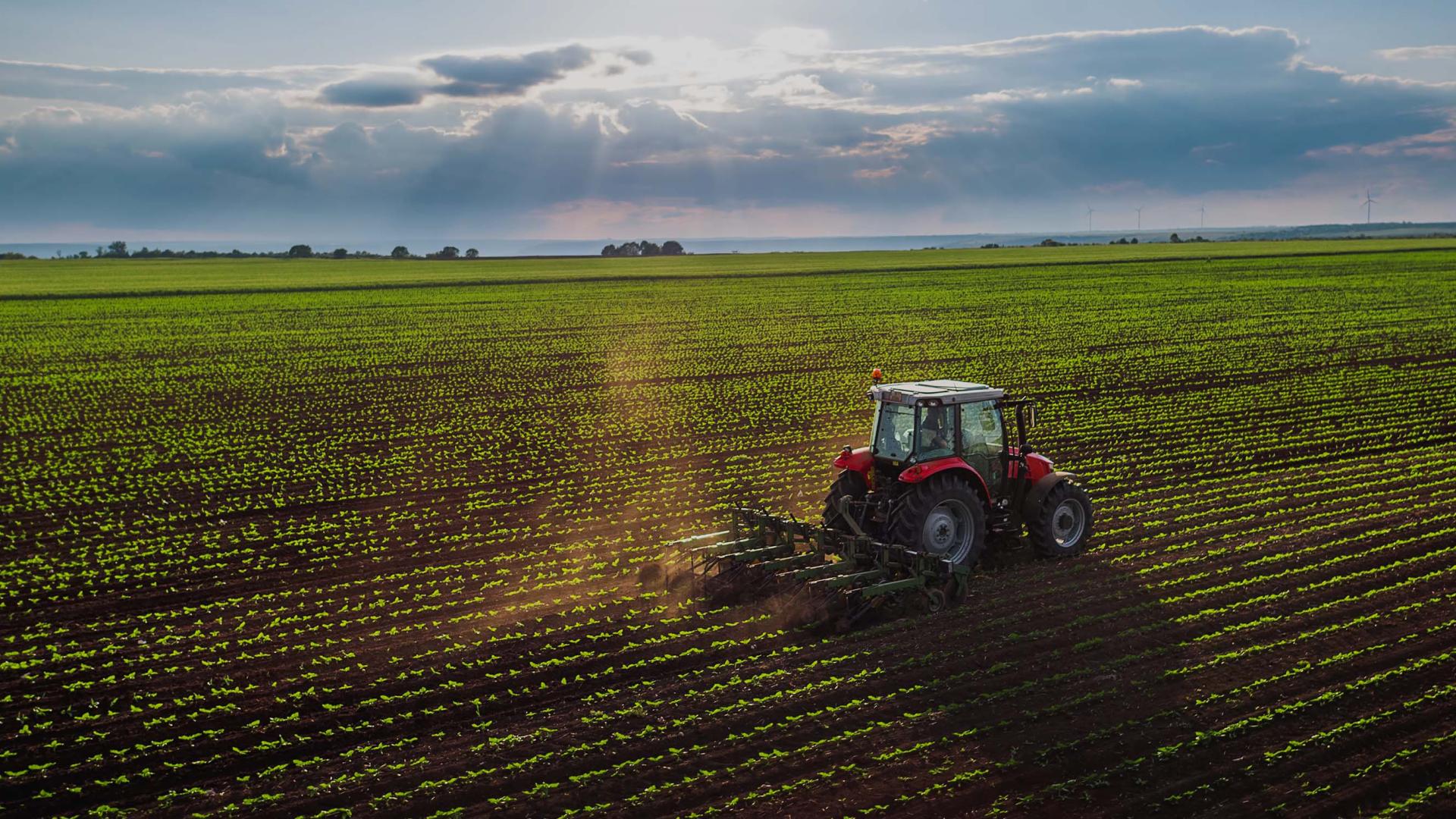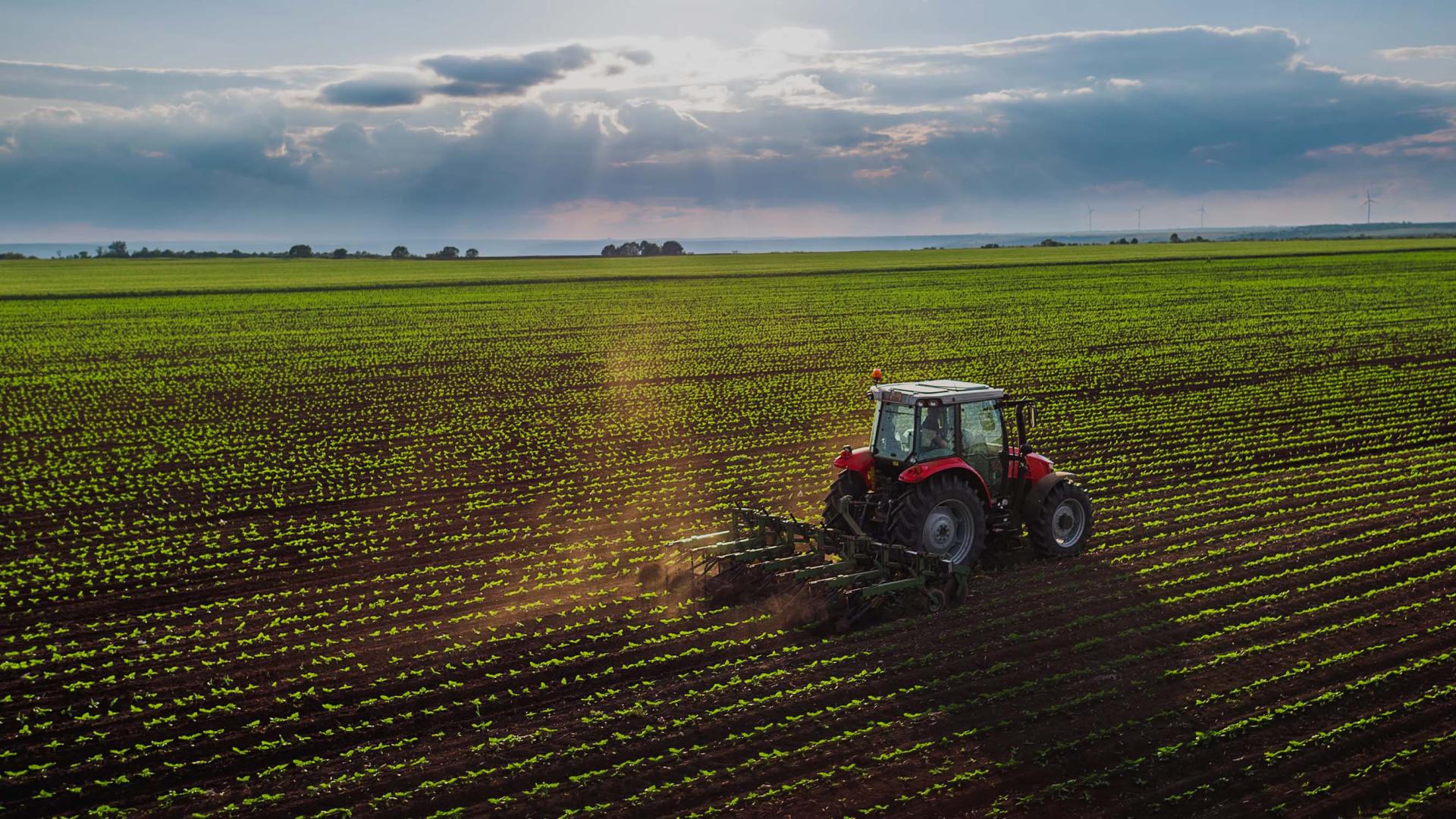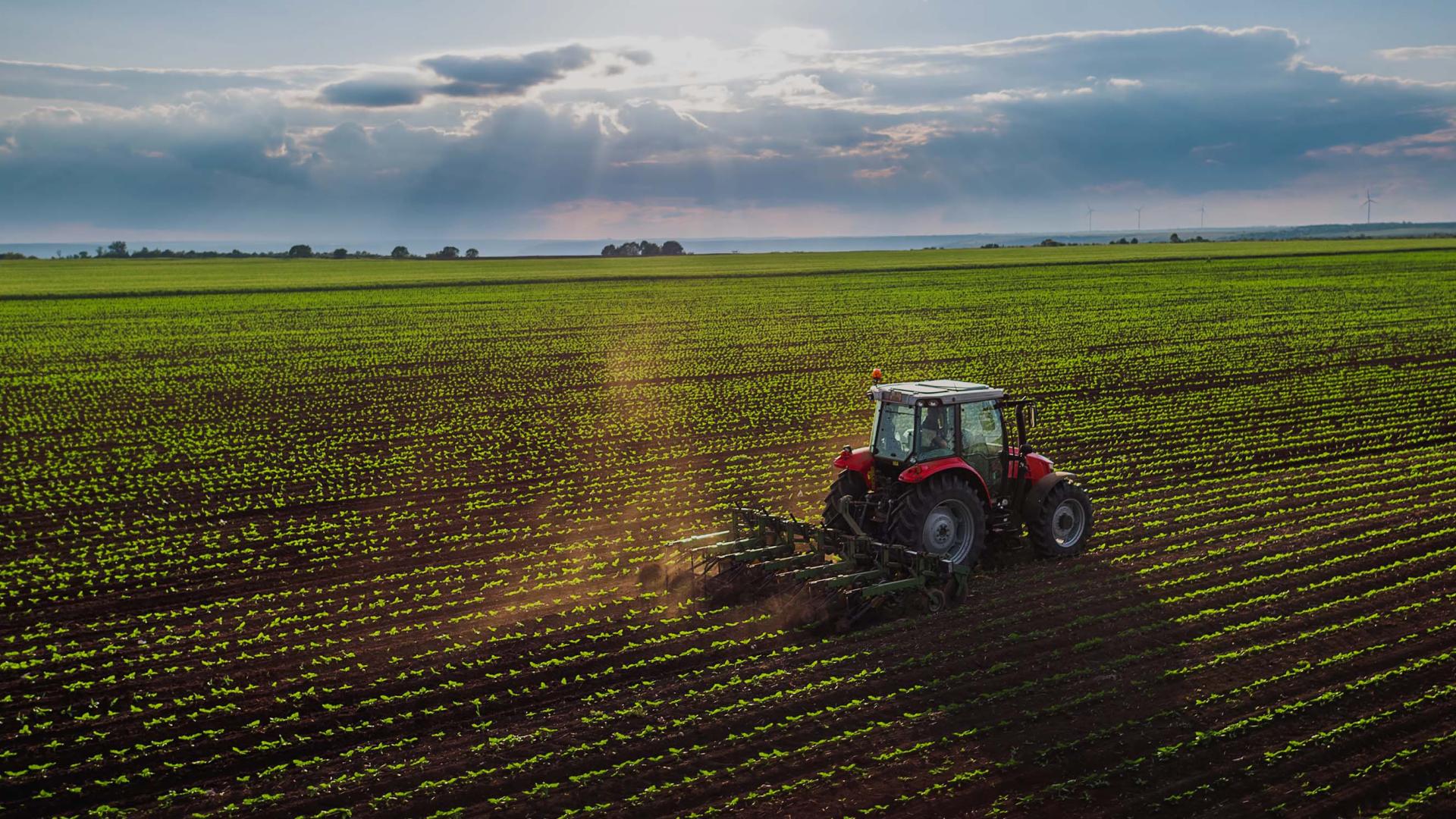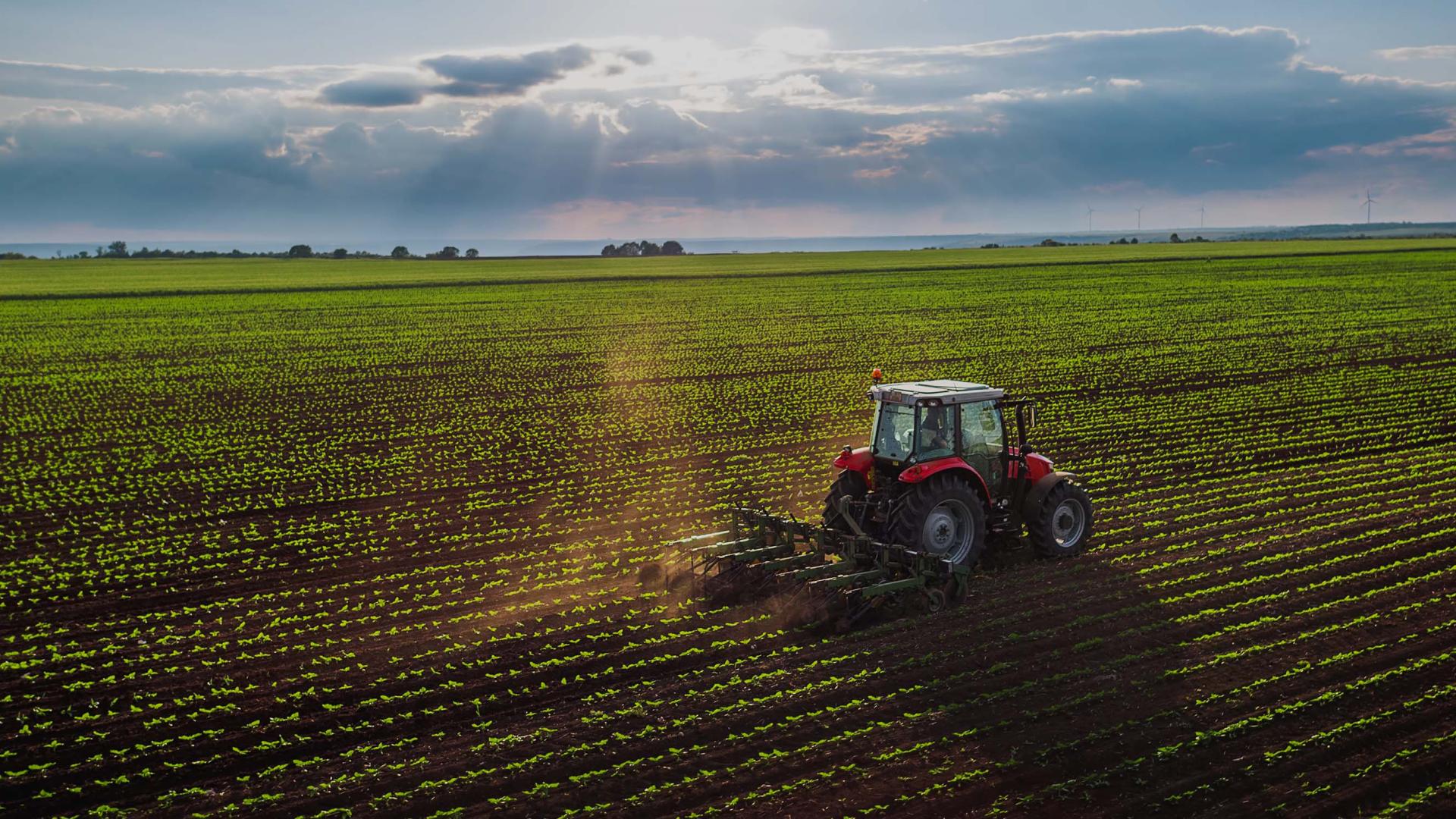Farm shops represent a unique blend of agricultural production and retail commerce, creating distinctive insurance needs that standard bus…
Farm Health & Safety Insurance: Protecting Agricultural Operations and Workers
Farm Health & Safety Insurance represents one of the most critical yet often overlooked aspects of agricultural risk management. As farming operations become increasingly mechanized and regulatory requirements more stringent, the need for comprehensive health and safety coverage has never been more important. This specialized insurance protection addresses the unique risks inherent in agricultural work, from machinery-related injuries to chemical exposure incidents.
Understanding Farm Health & Safety Insurance
Farm Health & Safety Insurance is a specialized form of coverage designed to protect agricultural businesses against the financial consequences of workplace accidents, health and safety violations, and regulatory non-compliance. Unlike standard employers' liability insurance, this coverage specifically addresses the unique hazards present in farming environments, including livestock handling, machinery operation, chemical storage and application, and seasonal work patterns.
The agricultural sector consistently ranks among the most dangerous industries in the UK, with accident rates significantly higher than the national average. The Health and Safety Executive (HSE) reports that agriculture accounts for a disproportionate number of workplace fatalities and serious injuries relative to its workforce size. This stark reality makes comprehensive health and safety insurance not just advisable but essential for responsible farm management.
Key Coverage Areas
Employers' Liability Protection
The foundation of farm health and safety insurance lies in robust employers' liability coverage. This protection extends beyond basic workplace injury compensation to include coverage for occupational diseases, repetitive strain injuries, and long-term health conditions resulting from agricultural work. Given the physical demands of farming and exposure to various environmental hazards, this coverage must be comprehensive and adequately valued.
HSE Compliance and Legal Defense
Health and Safety Executive compliance represents a significant concern for modern farming operations. Farm health and safety insurance typically includes coverage for legal defense costs when facing HSE investigations, prosecutions, or improvement notices. This protection extends to representation during inquiries, appeal processes, and compliance consultations.
Machinery and Equipment Safety
Agricultural machinery presents some of the highest risk factors in farming operations. Coverage includes protection against accidents involving tractors, combines, balers, and other farm equipment. This extends to both operator injuries and incidents involving third parties who may come into contact with farm machinery during operations.
Chemical and Biological Hazards
Modern farming relies heavily on pesticides, fertilizers, and other chemical treatments. Health and safety insurance addresses risks associated with chemical storage, application, and exposure incidents. This includes coverage for acute poisoning events, long-term health effects, and environmental contamination resulting from chemical accidents.
Livestock-Related Incidents
Working with livestock presents unique health and safety challenges. Coverage addresses injuries from animal attacks, zoonotic disease transmission, and accidents during handling, transportation, or veterinary procedures. This protection is particularly important for dairy operations, livestock breeding facilities, and mixed farming enterprises.
Seasonal Worker Protection
Many farms rely on seasonal labor, particularly during harvest periods. Health and safety insurance must account for the additional risks associated with temporary workers who may be less familiar with farm hazards and safety procedures. This includes coverage for training-related incidents and accidents involving workers with limited agricultural experience.
Industry-Specific Risks and Considerations
Arable Farming Operations
Arable farms face specific health and safety challenges related to field operations, grain storage, and machinery use. Risks include entrapment in grain storage facilities, accidents during field operations, and exposure to dust and allergens. Insurance coverage must address these sector-specific hazards while considering the seasonal nature of arable farming activities.
Dairy Farming Hazards
Dairy operations present unique risks associated with milking equipment, cattle handling, and 24/7 operational requirements. Coverage considerations include accidents during milking procedures, injuries from cattle handling, and incidents involving automated feeding and milking systems. The continuous nature of dairy operations also requires consideration of fatigue-related accidents and shift work hazards.
Mixed Farming Enterprises
Farms combining arable and livestock operations face compounded risks requiring comprehensive coverage. The interaction between different farming activities can create additional hazards, such as machinery operations near livestock areas or chemical storage in proximity to animal housing.
Organic and Specialized Farming
Organic farming operations may face different risk profiles, including increased reliance on manual labor and alternative pest control methods. Specialized crops or farming methods may require tailored coverage to address unique operational hazards.
Regulatory Compliance Framework
Health and Safety at Work Act 1974
Farm health and safety insurance operates within the framework of the Health and Safety at Work Act 1974, which places specific duties on employers to ensure worker safety. Insurance coverage must align with these legal requirements while providing protection against potential violations and their consequences.
Agriculture-Specific Regulations
The agricultural sector is subject to numerous specific regulations, including the Provision and Use of Work Equipment Regulations (PUWER), Control of Substances Hazardous to Health (COSHH), and Manual Handling Operations Regulations. Insurance coverage must address compliance with these regulations and provide protection against enforcement actions.
Environmental Health and Safety
Modern farming operations must consider environmental health and safety implications, including water pollution prevention, waste management, and biodiversity protection. Insurance coverage increasingly includes protection against environmental health and safety violations and their associated costs.
Risk Assessment and Prevention
Comprehensive Risk Evaluation
Effective farm health and safety insurance begins with thorough risk assessment covering all aspects of the farming operation. This includes evaluation of machinery hazards, chemical risks, livestock dangers, and environmental factors. Regular risk assessments help identify emerging hazards and ensure insurance coverage remains appropriate.
Safety Management Systems
Insurance providers increasingly recognize the value of formal safety management systems in reducing claims frequency and severity. Farms with documented safety procedures, regular training programs, and incident reporting systems may qualify for premium discounts and enhanced coverage terms.
Training and Competency Programs
Investment in worker training and competency development represents one of the most effective risk reduction strategies. Insurance coverage may include support for training programs, safety equipment provision, and competency assessment procedures.
Emergency Response Planning
Comprehensive emergency response planning is essential for minimizing the impact of health and safety incidents. Insurance coverage should include support for emergency response procedures, first aid training, and incident management protocols.
Claims Management and Support Services
Incident Response Procedures
When health and safety incidents occur, prompt and appropriate response is crucial. Quality insurance providers offer 24/7 incident reporting services, immediate claims handling, and access to specialist support services including medical assistance and legal advice.
Rehabilitation and Return-to-Work Programs
Modern farm health and safety insurance increasingly includes rehabilitation services and return-to-work programs designed to minimize the long-term impact of workplace injuries. These services benefit both injured workers and farm businesses by reducing claims costs and maintaining workforce continuity.
Legal and Regulatory Support
Comprehensive coverage includes access to specialist legal advice for health and safety matters, HSE compliance guidance, and representation during regulatory proceedings. This support is particularly valuable for smaller farming operations that may lack internal expertise in health and safety law.
Cost Factors and Premium Considerations
Risk-Based Pricing
Farm health and safety insurance premiums are typically calculated based on detailed risk assessment considering factors such as farm size, operation type, employee numbers, claims history, and safety management practices. Understanding these factors helps farm businesses optimize their insurance costs while maintaining appropriate coverage levels.
Industry Benchmarking
Premium rates vary significantly across different agricultural sectors, with higher-risk operations such as livestock farming and machinery-intensive arable farming typically attracting higher premiums. Benchmarking against industry standards helps ensure competitive pricing while maintaining adequate coverage.
Safety Investment Incentives
Many insurance providers offer premium discounts for farms that invest in safety equipment, training programs, and risk management systems. These incentives recognize the correlation between proactive safety management and reduced claims frequency.
Policy Selection Criteria
Coverage Scope and Limits
Selecting appropriate coverage requires careful consideration of potential claim values, including medical costs, compensation payments, legal expenses, and business interruption losses. Coverage limits should reflect the scale and nature of the farming operation while considering worst-case scenarios.
Insurer Expertise and Support
The complexity of agricultural health and safety risks requires insurers with specific sector expertise. Providers with agricultural specialists, dedicated claims handling teams, and comprehensive support services offer significant advantages over generic commercial insurers.
Policy Flexibility and Adaptability
Farming operations evolve over time, requiring insurance coverage that can adapt to changing circumstances. Policies should accommodate seasonal variations, operational changes, and business growth without requiring complete policy restructuring.
Integration with Other Covers
Farm health and safety insurance should integrate effectively with other business insurance covers including public liability, product liability, and property insurance. Coordinated coverage helps avoid gaps and overlaps while optimizing overall insurance costs.
Best Practices for Implementation
Regular Policy Reviews
Annual policy reviews ensure coverage remains appropriate as farming operations evolve. Reviews should consider changes in operational scale, new equipment or processes, regulatory updates, and claims experience.
Documentation and Record Keeping
Maintaining comprehensive records of safety procedures, training activities, incident reports, and risk assessments supports both insurance claims and regulatory compliance. Good documentation can also support premium negotiations and coverage enhancements.
Stakeholder Engagement
Effective health and safety management requires engagement from all stakeholders including farm owners, managers, employees, and family members involved in the operation. Insurance coverage should support this collaborative approach through training resources and communication tools.
Continuous Improvement
The most effective farm health and safety programs embrace continuous improvement principles, regularly updating procedures, incorporating new safety technologies, and learning from industry best practices. Insurance providers increasingly support this approach through risk management services and premium incentives.
Future Considerations and Emerging Trends
Technology Integration
Advancing agricultural technology presents both opportunities and challenges for health and safety management. Precision farming equipment, automated systems, and monitoring technologies can reduce some risks while creating new hazards requiring specialized coverage.
Climate Change Impacts
Climate change is altering agricultural risk profiles through extreme weather events, changing pest and disease patterns, and operational adaptations. Health and safety insurance must evolve to address these emerging risks while supporting farm resilience and adaptation strategies.
Regulatory Evolution
Health and safety regulations continue to evolve, with increasing focus on mental health, environmental protection, and worker welfare. Insurance coverage must anticipate regulatory changes and provide protection against compliance challenges.
Conclusion
Farm Health & Safety Insurance represents an essential component of comprehensive agricultural risk management. The unique hazards present in farming operations, combined with increasing regulatory requirements and societal expectations, make specialized coverage not just advisable but necessary for responsible farm management.
Effective coverage requires careful consideration of operational risks, regulatory requirements, and business objectives. Working with experienced insurance providers who understand agricultural challenges and can offer tailored solutions ensures that coverage meets both current needs and future requirements.
The investment in comprehensive health and safety insurance extends beyond financial protection to demonstrate commitment to worker welfare, regulatory compliance, and sustainable farming practices. As the agricultural sector continues to evolve, this coverage will remain fundamental to successful and responsible farm management.
For farming operations seeking to protect their workers, comply with regulations, and safeguard their business future, comprehensive health and safety insurance represents not just a regulatory requirement but a strategic investment in operational sustainability and success.


 0330 127 2333
0330 127 2333

